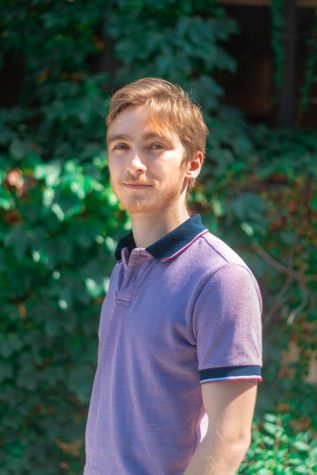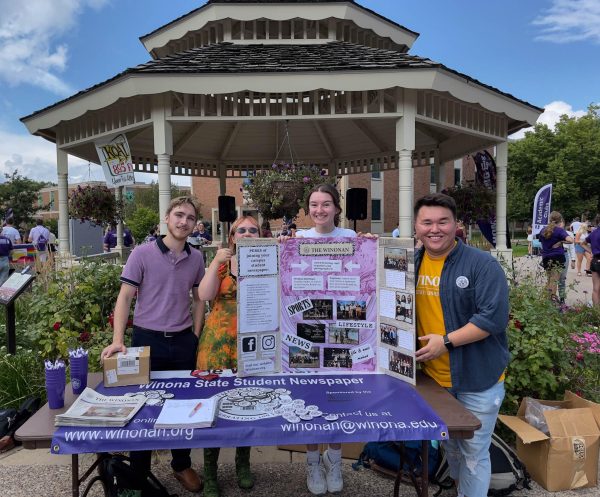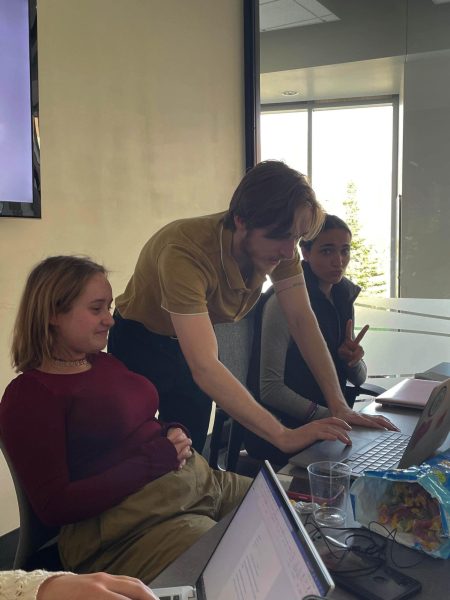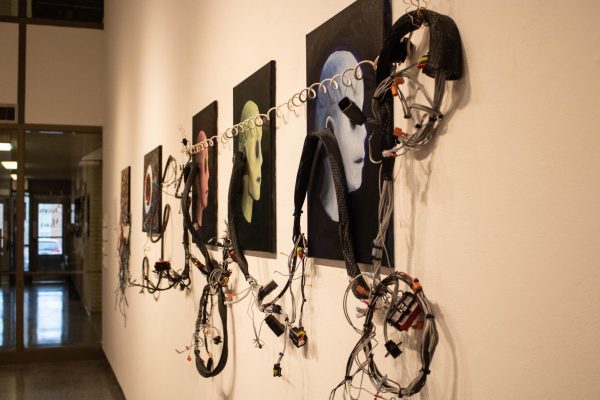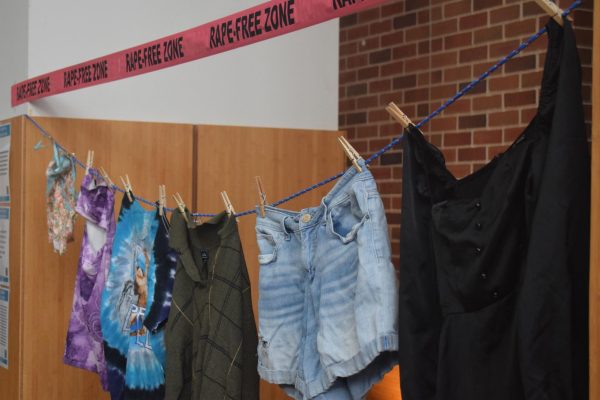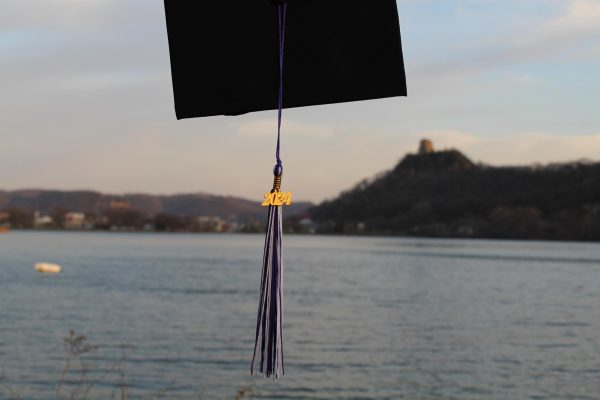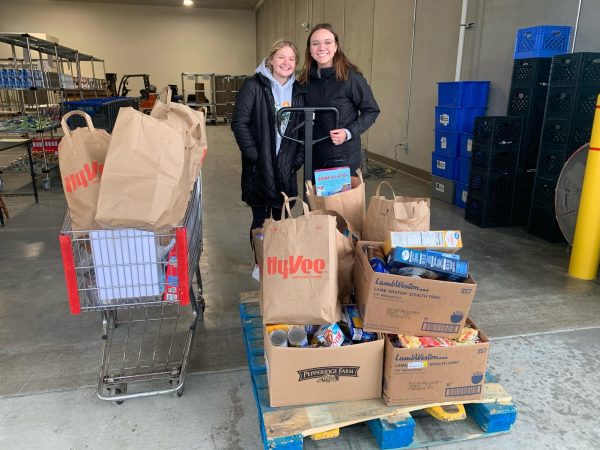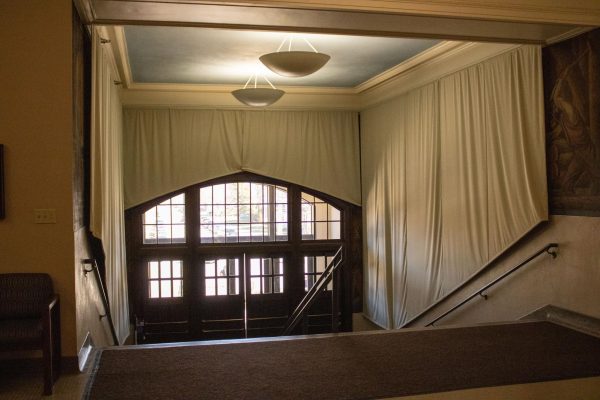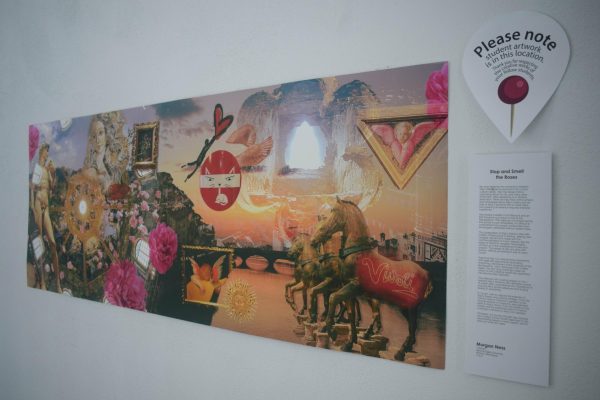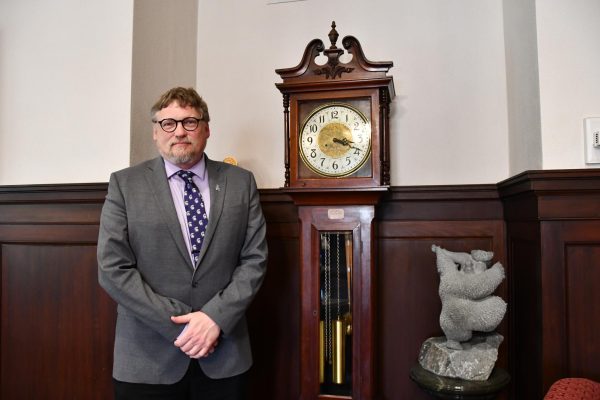Student radio station goes HD
February 3, 2021
In October, KQAL 89.5, located in Phelps Hall, became the first radio station in Winona to broadcast HD radio.
Mike Martin, Operations Manager at KQAL for more than 30 years, reflects how KQAL has been a technological leader among Winona radio stations,
“We [KQAL] were the first station to have a website in Winona, we were the first station to stream our signal online, we were the first station to have our own mobile app and we were the first station to add artist and title information,” Martin said. “It [HD Radio] was the next natural step for us to do, technology wise.”
HD radio differs from AM or FM radio primarily in the method of transmission and sound quality. KQAL transmits two different signals from the single 89.5 station, an analog FM and a digitized HD radio version. Newer cars with HD radios will default to HD signal, but if the car does not carry a HD radio player then it will simply get the regular FM version.
Martin said the sound from HD radio is superior.
“[The sound is] very pristine and crisp. There is no background noise, the stereo separation is awesome. It sounds like you’re listening to a CD in your car,” Martin said.
Doug Westerman, general manager at KQAL, described the relationship between FM radio and HD radio.
“89.5 has a FM signal and then the HD signal is like a motorcycle sidecar. That HD signal is on the same signal that carries the FM signal,” Westerman said.
According to Martin, HD radio was first created about 15 years ago. HD radio was initially unreliable and extremely costly. Prices have since gone down and reliability and acceptance has grown. HD radio has also become more affordable since its invention.
“It was kind of the perfect storm for us to do this at this time,” Martin said. “It was probably a once in a lifetime opportunity.”
Due to COVID-19, most students went home over the summer, including student workers at KQAL.
Martin said this caused a budget surplus.
“We were on full automation all summer long,” Martin said. “Grant money that is usually awarded to KQAL to pay their workers over the summer was instead available to go towards the HD radio project.”
Additionally, KQAL was running a lot of paid COVID underwriting announcements sanctioned by the Minnesota Department of Health. This further boosted the budget surplus at KQAL.
Martin said this surplus was enough to cover HD radio equipment
“The lower cost of the equipment, lower expenses for KQAL because of COVID and more money coming into KQAL because of COVID,” Martin said. “It was a once in a lifetime chance, and we jumped on it.”
Students have since returned to campus and to KQAL, filling many different student positions.
Westerman detailed the staff under his supervision
“[The staff has a] program director, two people who handle music, two or three people handling social media and promotions, production and sports,” Westerman said.
Westerman also teaches fundamentals of radio, a single credit course offered by the mass communication department offered since fall semester. This class puts students in the KQAL radio environment to learn the basics of radio in a station environment. 32 total students, 18 first semester and 14 second semester, have taken the course and broadcasted on air at KQAL.
Westerman said fundamentals is a great entry to try broadcasting.
“Fundamentals of Radio is a great entry into the radio station,” Westerman said. “You get a class credit, then you discover whether or not that is something that is going to spark you down the road.”
Westerman also said KQAL offers opportunities beyond fundamentals.
“The mass communication department has developed an internship as a production assistant for some grant programming that the radio station produces on the behalf of the state,” Westerman said.























































